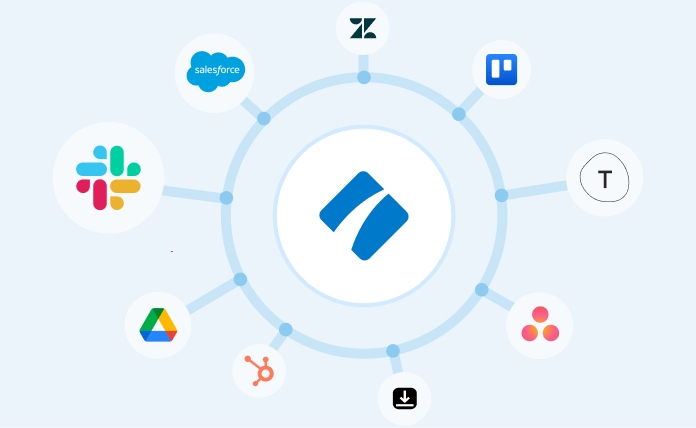
Every 28 days, a lovely Hermes delivery-person brings a crate of the world’s finest craft beer to my house.
But if it were up to me, I wouldn’t receive these beer boxes at all.
In early 2020, I tried to unsubscribe from [REDACTED] — a monthly beer subscription company — as I felt it was an unnecessary expense. I soon realized, though, that unsubscribing would be a Herculean task. There was no way to cancel digitally, and if I wanted to stop my subscription altogether, I’d need to ring them up during their (very limited) business hours.
Having to go through all that rigmarole dissuaded me from unsubscribing.
Annoyingly, I’m still receiving my delicious craft beers a year later.
These frustrating (read: unethical) tactics to stop customers from unsubscribing have been deployed by all manner of companies — from those in the food and drinks industry, all the way to those in the tech world.
And while it may seem tempting for your SaaS company to do similar, it’s nothing more than a quick win when, in reality, you should be focusing on improving the customer lifecycle. After all, it’s positive business-to-customer interactions that’ll stop people from wanting to unsubscribe in the first place.
That’s why, in this Process Street post, I’ll be discussing SaaS renewal. I’ll go over the definition of SaaS renewal, explain why customers think about unsubscribing from SaaS products, and provide you with actionable SaaS renewal best practices that’ll stop folks from hitting that unsubscribe button. (Providing you have one!)
Read through these sections to get in the know:
- What SaaS renewal means & how to figure out your SaaS renewal rate
- 5 reasons why customers unsubscribe from SaaS products
- 5 tried-and-tested SaaS renewal best practices for boosting renewals
You’re about to become a SaaS renewal pro — let’s cheers to that!
Continue Reading







 Workflows
Workflows Forms
Forms Data Sets
Data Sets Pages
Pages Process AI
Process AI Automations
Automations Analytics
Analytics Apps
Apps Integrations
Integrations
 Property management
Property management
 Human resources
Human resources
 Customer management
Customer management
 Information technology
Information technology








 One of the most important things when running your business is understanding how your customers feel about your service.
One of the most important things when running your business is understanding how your customers feel about your service.

 When it comes to running a business, particularly a SaaS company, understanding churn is vital.
When it comes to running a business, particularly a SaaS company, understanding churn is vital.